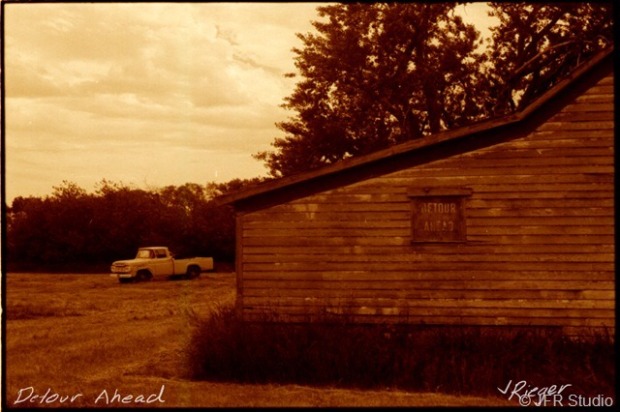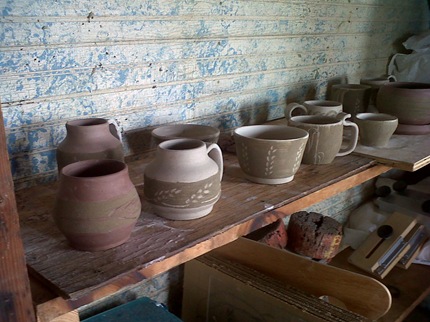Working in a series offers an artist a variety of outcomes: One may be to see a subject develop through a series of pictures like chapters in a novel, each one allowing a little greater insight into the subject. Another might be to allow a viewer to compare and contrast images to come to a unified conclusion that may differ from seeing a single image of that subject. Through the “Doors” series (pun unintended) I was interested in the latter.
While photographing abandoned farmsteads I noticed the differences between all of the doors I was seeing. Now, when you think of it, why wouldn’t there be all kinds of different doors and why would this be significant? The first thing that made me think of this was the difference in standards. Most doors manufactured now are a standard size. If you do not believe me walk down the door isle in Home Depot and you will see what I mean. Now I am sure there are many different styles and colors, but they are all basically the same size with only a few exceptions. While looking for photographs on the farm sites I noticed just how much doors differed 50 or more years ago. In most cases they did not conform to the standard door sizes of today. In fact, they did not seem to conform to any standard and appeared to be almost unique in each case. How times change, I thought, and how different things are now as I’ve walked through so many doors all my life noticing very little difference in the dimensions for most. From this awareness came the “Doors” series photographed the summer of 2014.
Most of the doors chosen for the series have different applications. One would not expect to see a standard door size any more than one would expect a door on a house to be the same as the door on a car, but the similarity and differences in all of the doors pictured allow not only an analytical appreciation, but a metaphorical one as well. It isn’t too hard to think of these doors as people: Friends, and acquaintances all have similarities and differences, some quite radical at that, but they are all people just as these are all doors. When I began looking at my collection of photographed doors and thinking about it I noticed that they all hide something; they restrict access to what is inside of their respective buildings. From this I began to think about how the differences we see between people really is just the beginning, just like the differences between doors is just the tip of the iceberg, so to speak, when compared to the differences that may be in the spaces behind them.
“Why film?” You might ask.
Or maybe, “Why old doors?”










